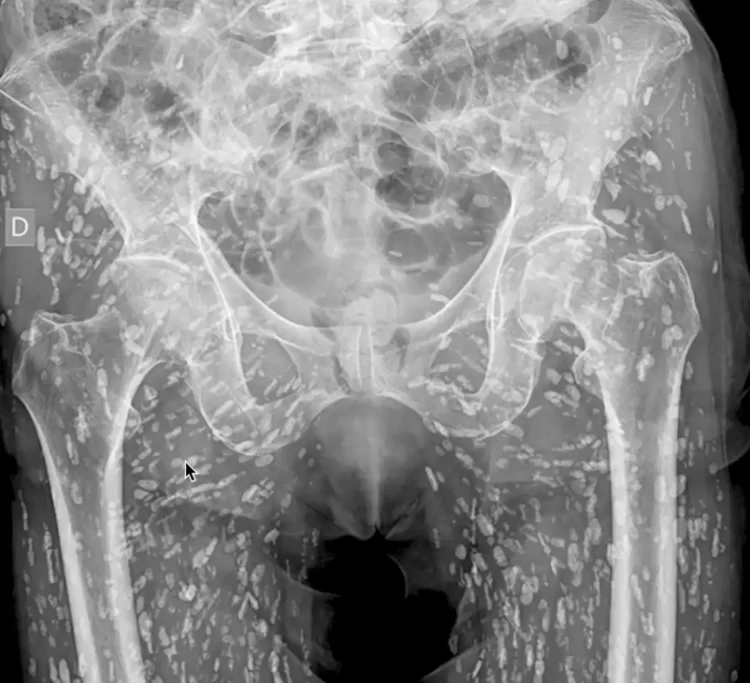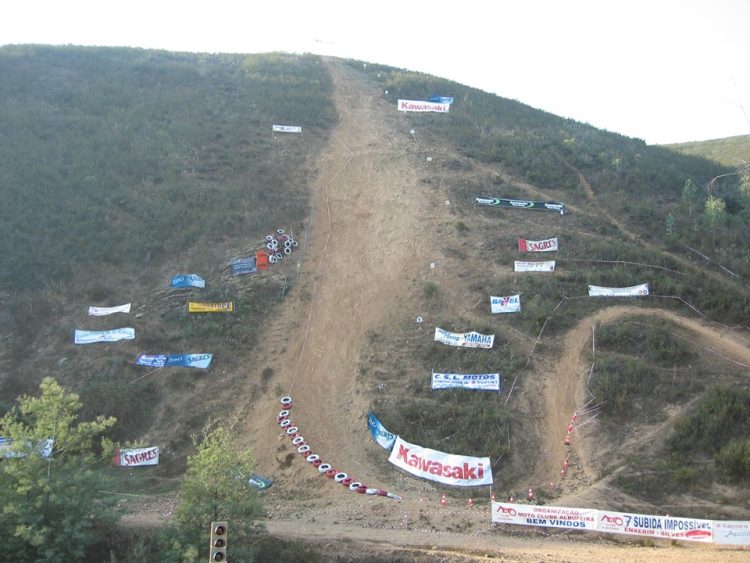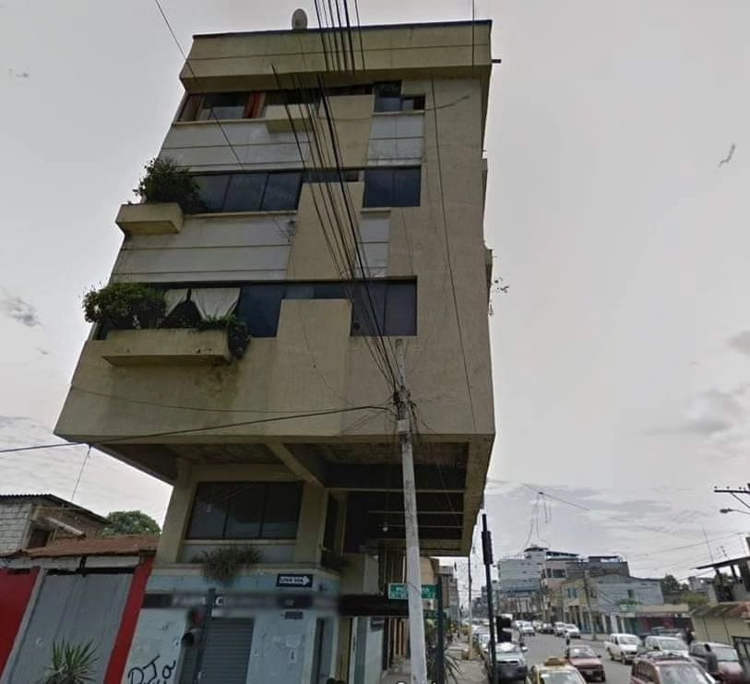Brian Dettmer, also known as “The Book Surgeon” uses knives, tweezers and surgical tools to carve old dictionaries and encyclopedias into incredible works of art.
Born in 1974, in Chicago, Brian Dettmer studied art at Colombia College, where he focused mainly on painting. During his time working in a signage store, the artist started exploring the relationship between codes, text, language and art. He began producing paintings based on sign language, Braille and Morse Code, then moved on to layered works that involved pasting newspaper and book pages to a canvas, and it was just a matter of time before he would discover the talent he is now renowned for – expert book carving.
The Book Surgeon takes outdated books, dictionaries and encyclopedias that would otherwise end up at a landfill somewhere, and gives them new meaning and the chance at a second life, by carving them into intricate artworks. “Their intended role has decreased or deceased and they often exist simply as symbols of the ideas they represent rather than true conveyors of content. When an object’s intended function is fleeting, the necessity for a new approach to its form and content arises.” Dattmer says, explaining the philosophy behind his work.
Reference works are Brian’s favorite material, because of the rich illustrated content, but regardless of what he works with, he never inserts any new material or move the content of the book around just to make it more interesting. Using his trusty precision tools, he cuts out unwanted content stabilizing what’s left with layers of varnish. In the beginning, Brian Dettemer focused on carving one book at a time, but in recent years his art has become even more ambitious, as he began using sets of books to create the images he desires.

Read More »




















